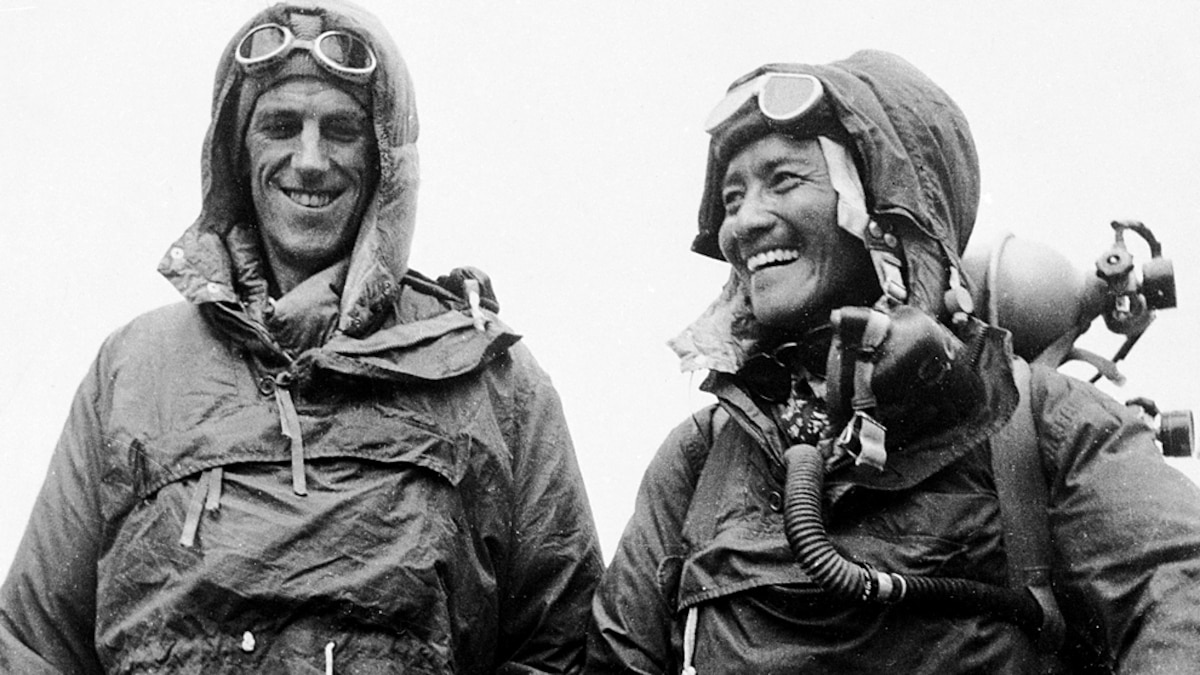
en.wikipedia.org
By setting 29.92 inHg/1013.4 mb, the
altimeter will immediately read pressure altitude. If no altimeter is handy, a simple math formula will provide the same answer.
Pressure altitude = { (Sea Level Pressure – 29.92) x 1,000} + true altitude (or field elevation if on the ground) Pressure Altitude Versus Density Altitude
In
aviation, pressure altitude is the height above a standard datum plane (SDP), which is a theoretical level where the weight of the atmosphere is 29.921 inches of mercury (1,013.2 mbar; 14.696 psi) as measured by a barometer.
[2] It indicates altitude obtained when an
altimeter is set to an agreed baseline pressure under certain circumstances in which the aircraft’s altimeter would be unable to give a useful altitude readout. Examples would be landing at a high altitude or near sea level under conditions of exceptionally high air pressure. Old altimeters were typically limited to displaying the altitude when set between {\displaystyle 950~\mathrm {mb} }
and {\displaystyle 1030~\mathrm {mb} }
. Standard pressure, the baseline used universally, is {\displaystyle 1013.25}
hectopascals ({\displaystyle \mathrm {hPa} }
), which is equivalent to {\displaystyle 1013.25~\mathrm {mb} }
or {\displaystyle 29.92}
inches of mercury ({\displaystyle \mathrm {inHg} }
). This setting is equivalent to the atmospheric pressure at
mean sea level (MSL) in the ISA. Pressure altitude is primarily used in aircraft-performance calculations and in high-altitude flight (i.e., above the
transition altitude).
The
density altitude is the
altitude relative to
standard atmospheric conditions at which the
air density would be equal to the indicated air density at the place of observation. In other words, the density altitude is the air density given as a height
above mean sea level. The density altitude can also be considered to be the
pressure altitude adjusted for a non-standard temperature.
Both an increase in the
temperature and a decrease in the
atmospheric pressure, and, to a much lesser degree, an increase in the
humidity, will cause an increase in the density altitude. In hot and humid conditions, the density altitude at a particular location may be significantly higher than the true altitude.
In aviation, the density altitude is used to assess an aircraft's aerodynamic performance under certain weather conditions. The
lift generated by the aircraft's
airfoils, and the relation between its
indicated airspeed (IAS) and its
true airspeed (TAS), are also subject to air-density changes. Furthermore, the power delivered by the aircraft's engine is affected by the density and composition of the atmosphere.
Continental shelf - the continental shelves go down to 140 meters, and much of the continental shelves is accessible to most military submarines. The average ocean depth is, however, 3700 m. Is there any military submarine that has survived that depth? Or anything close to that depth?
List of specifications of submarines of World War II - "Diving Depth"

